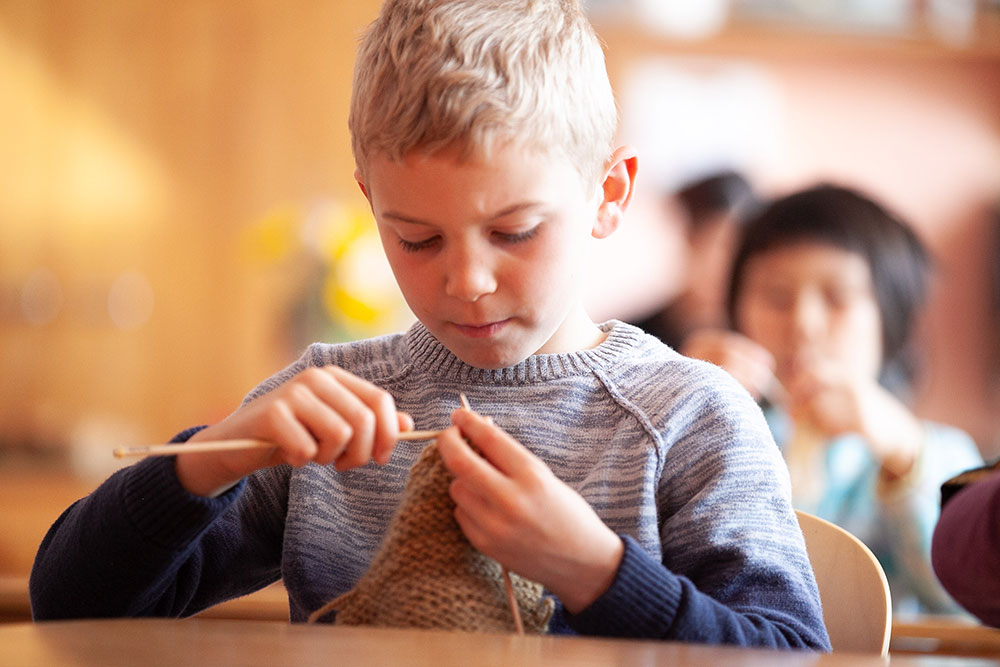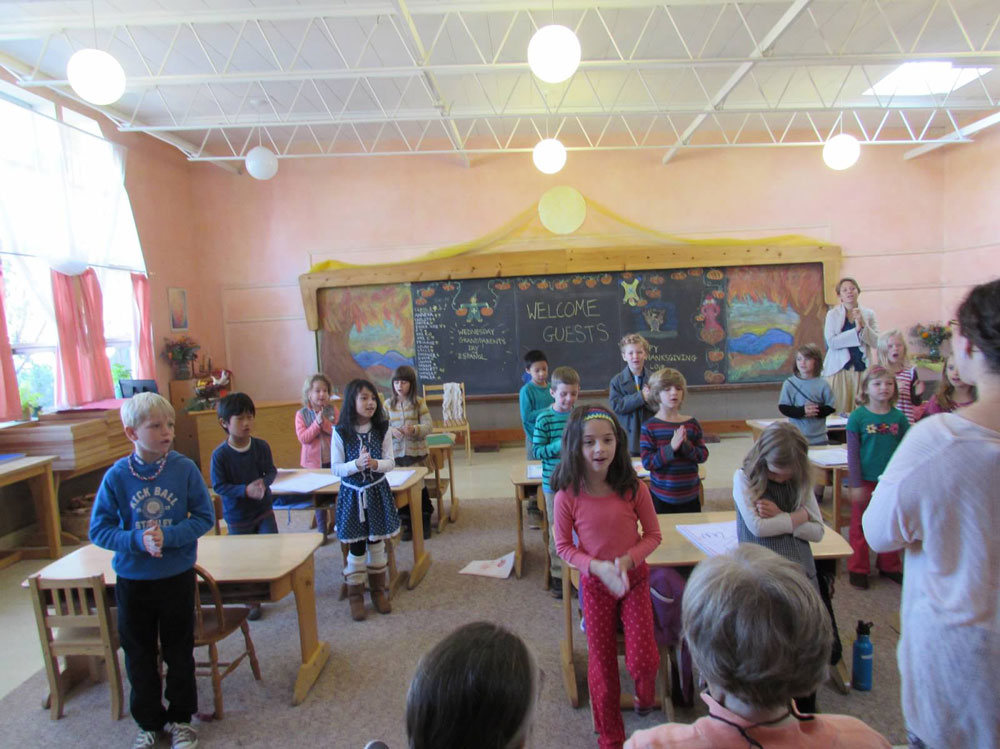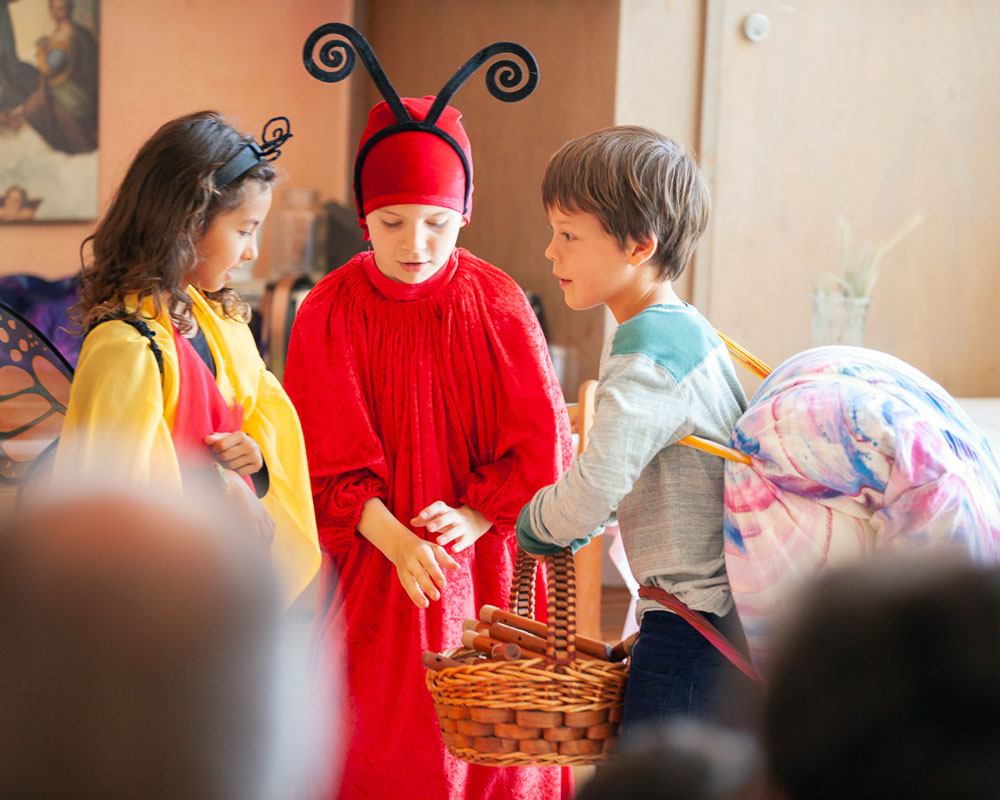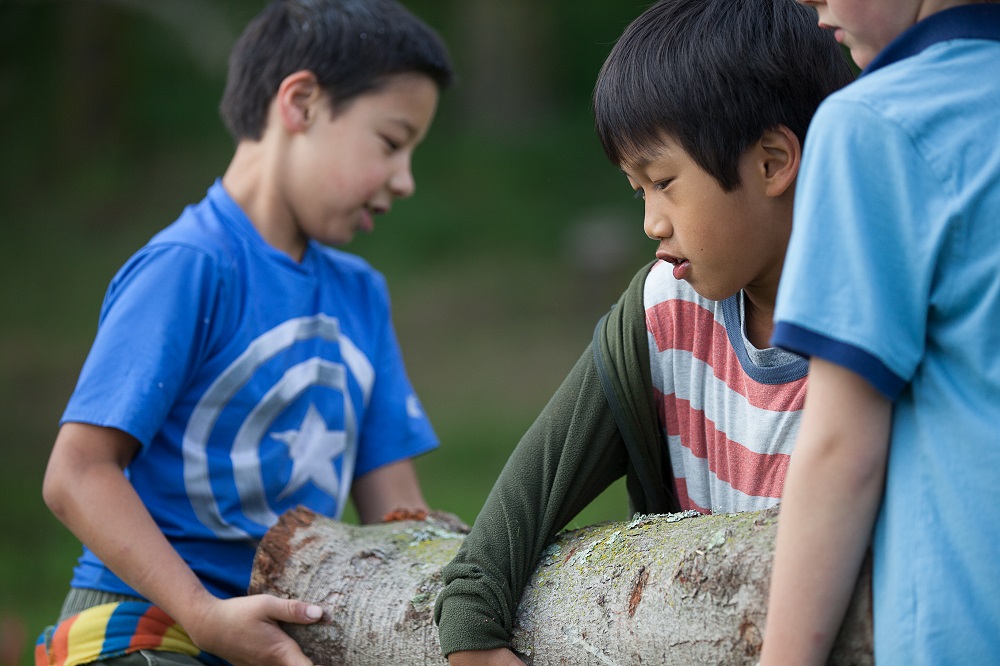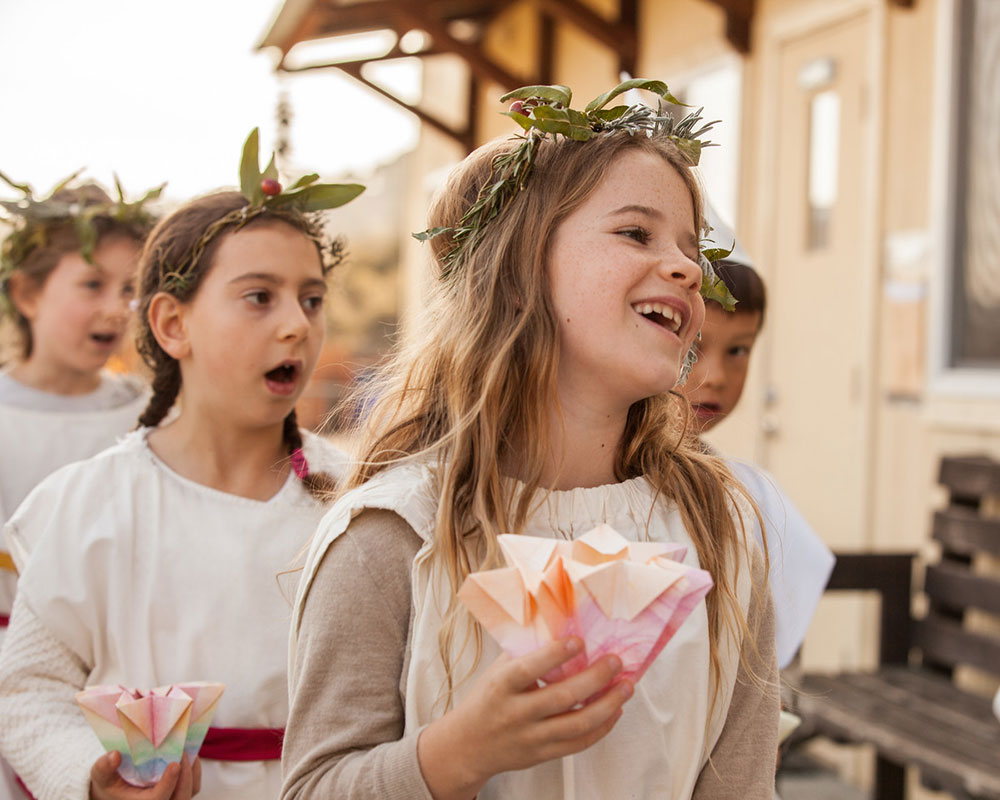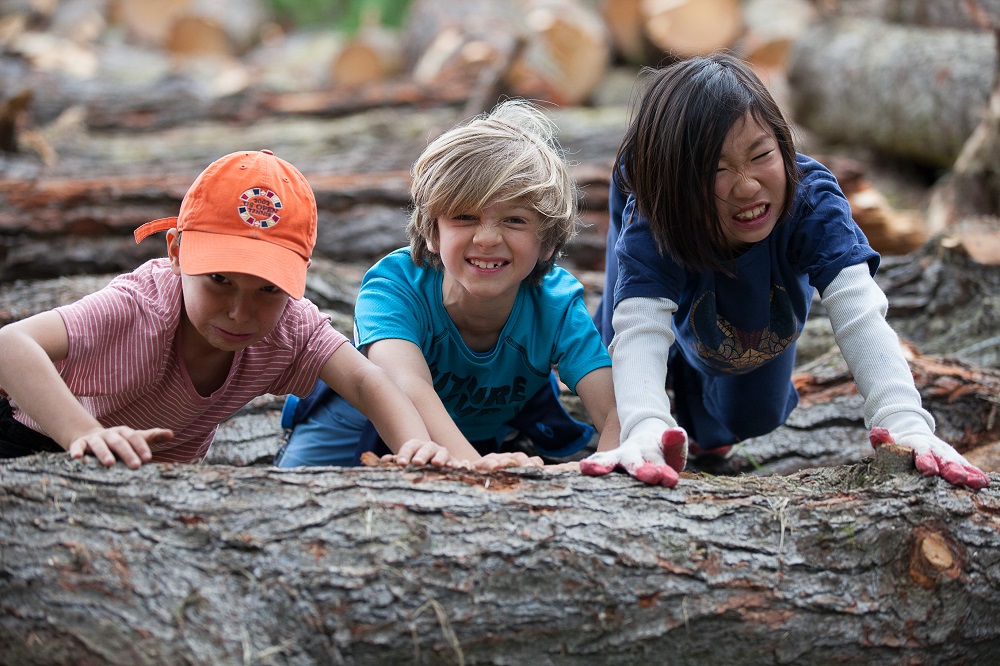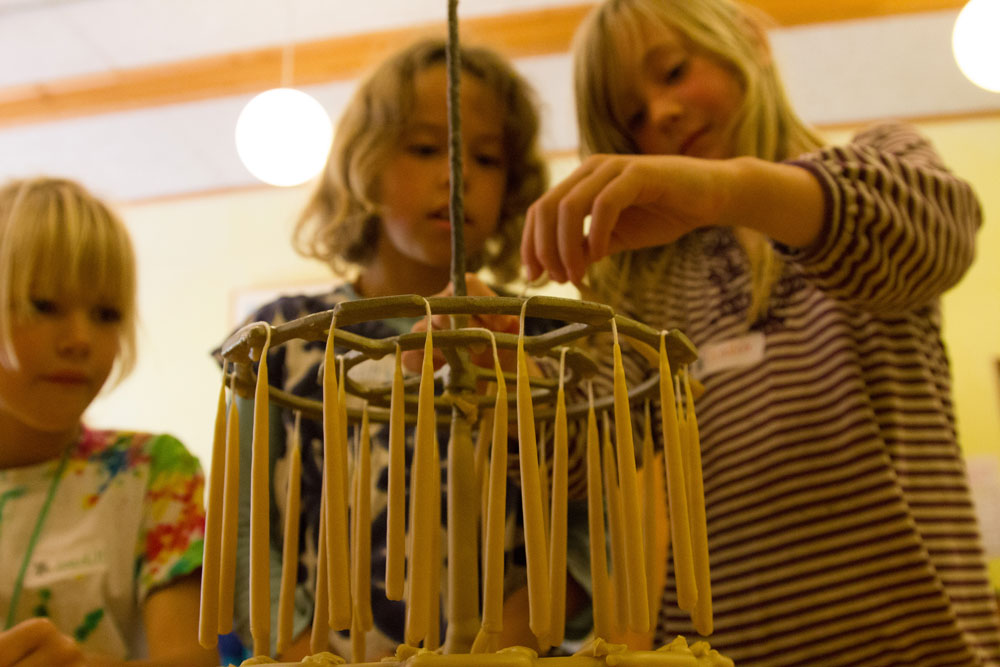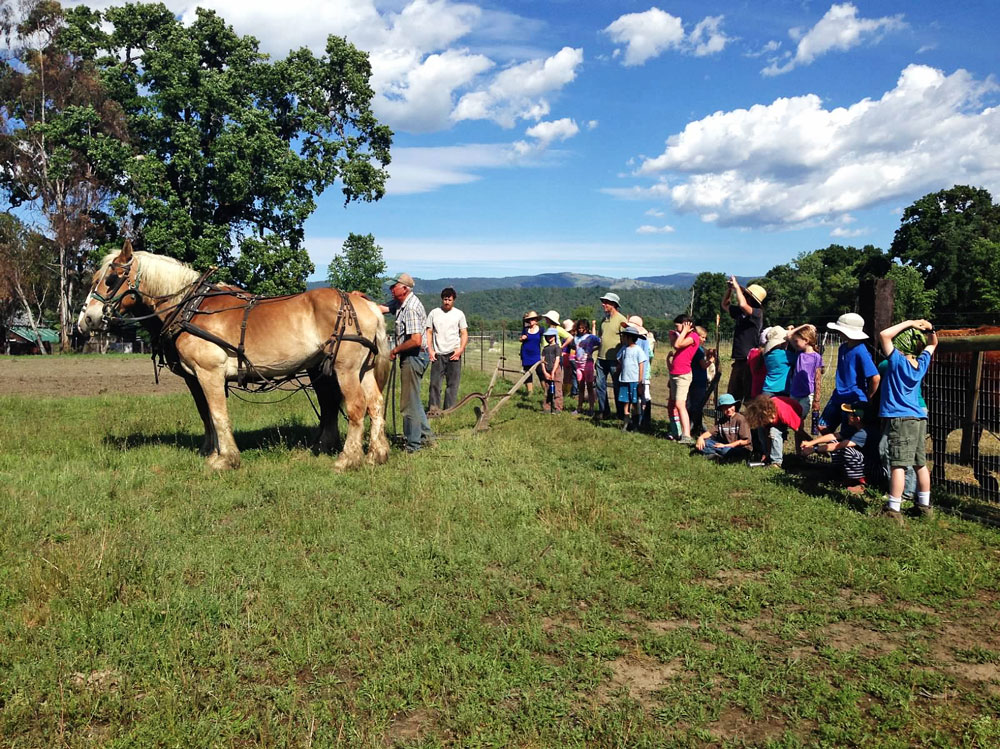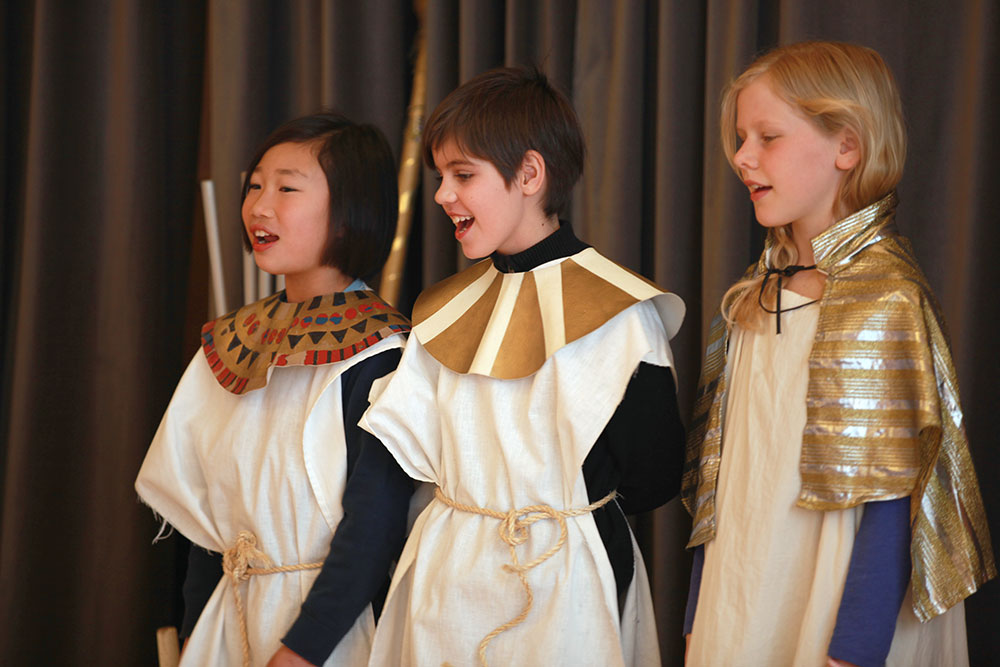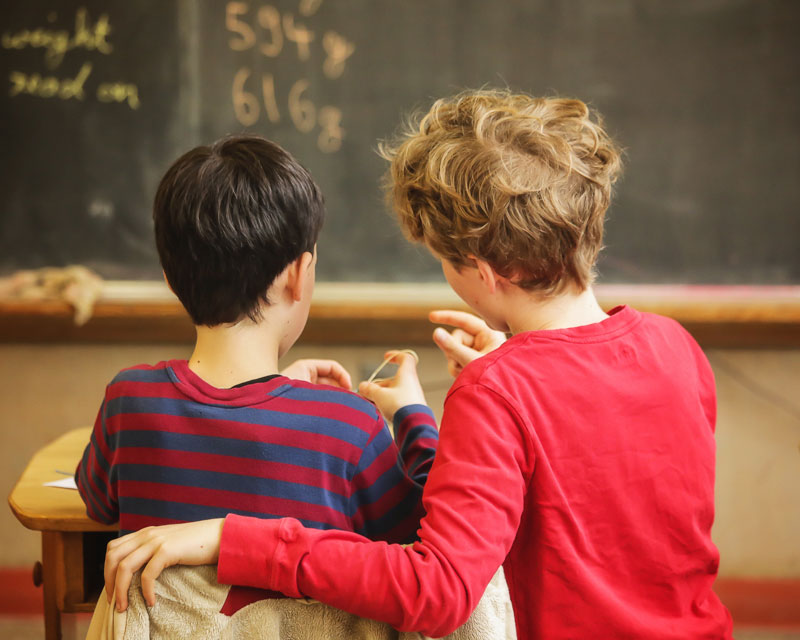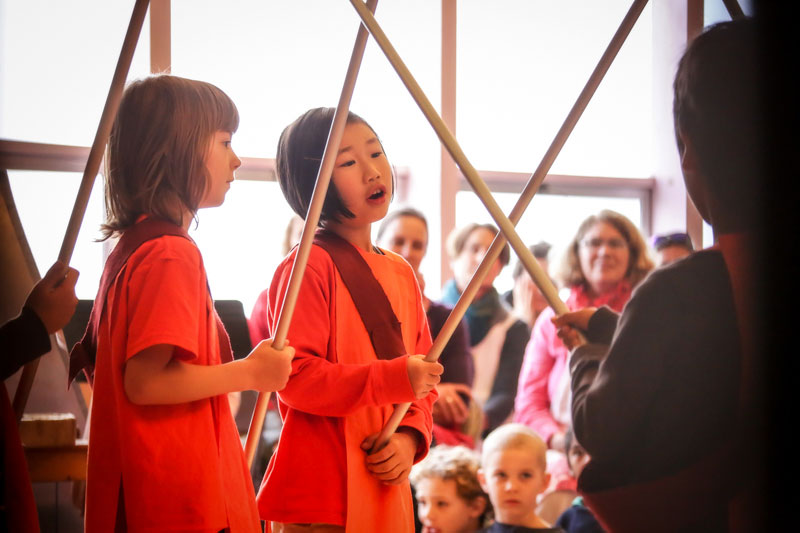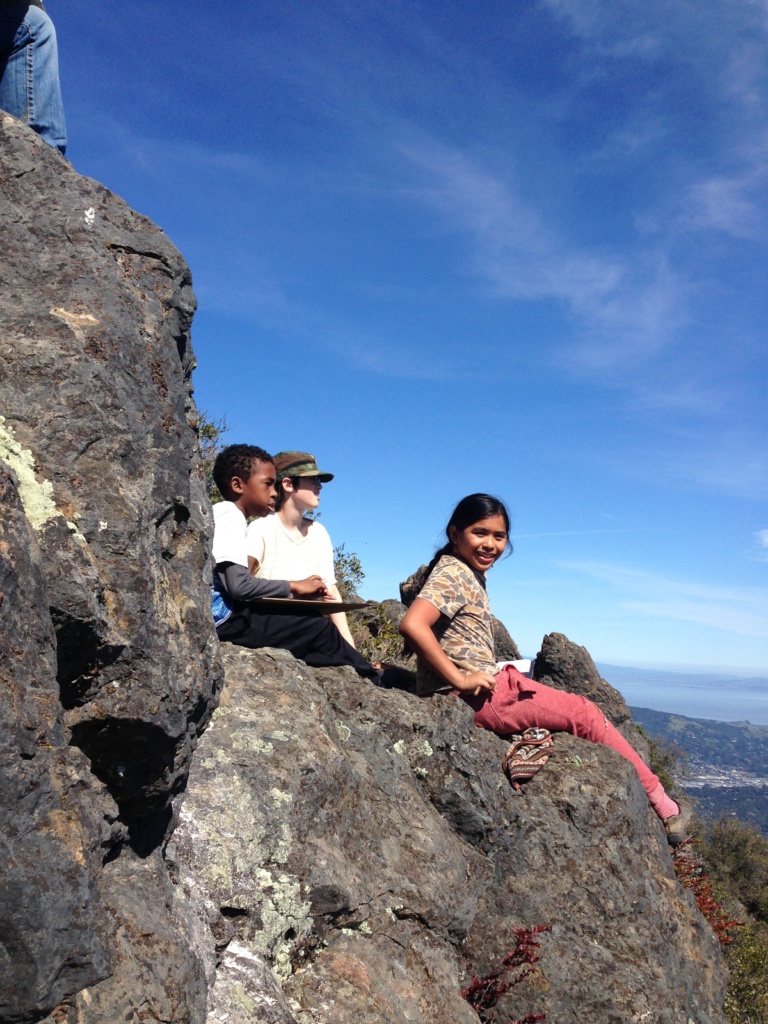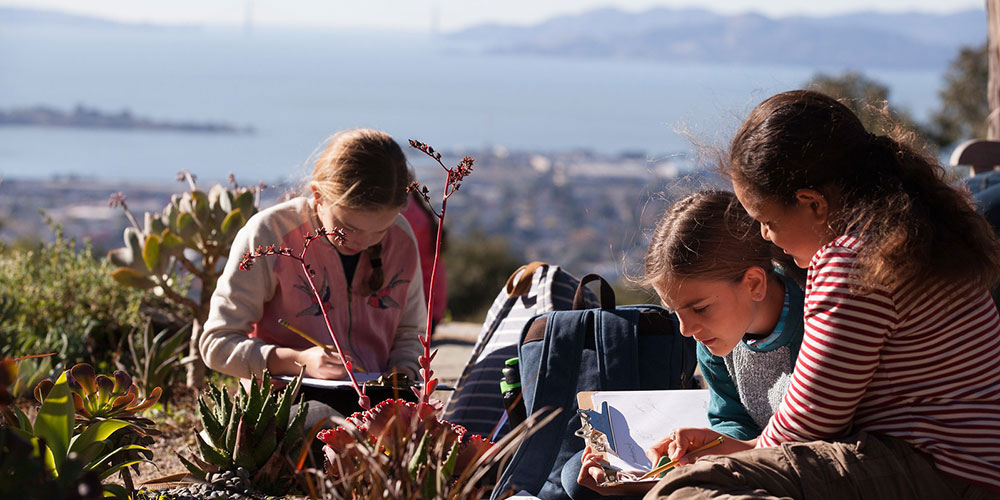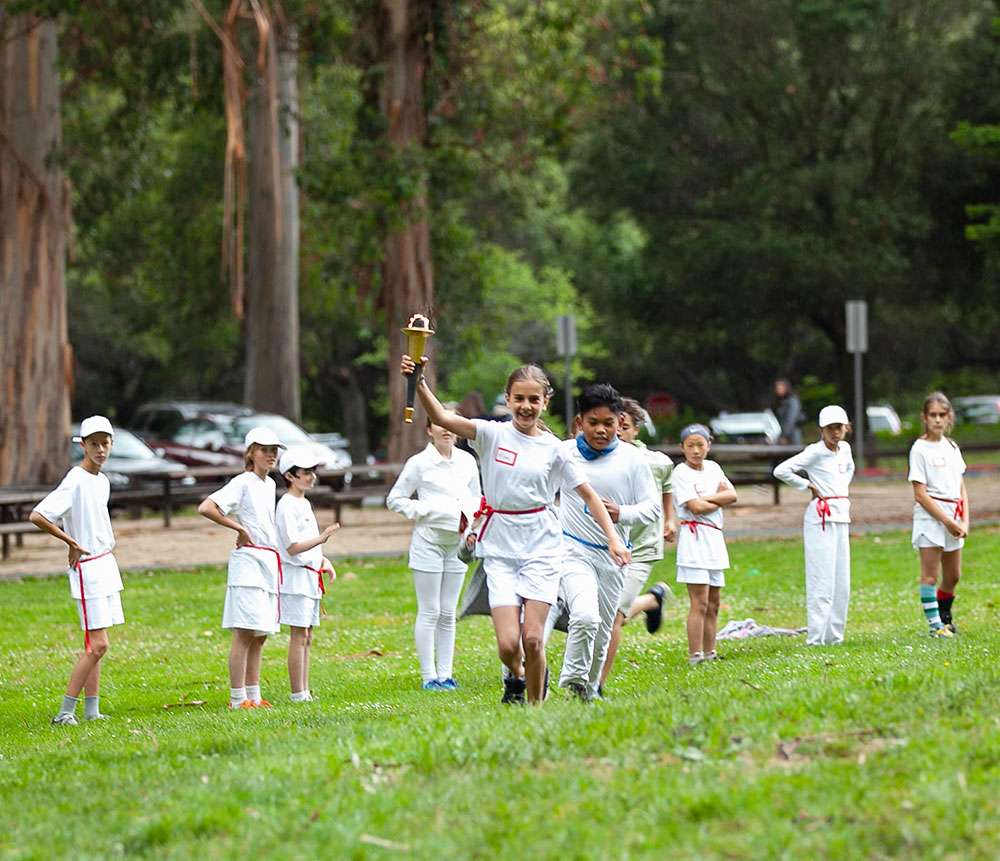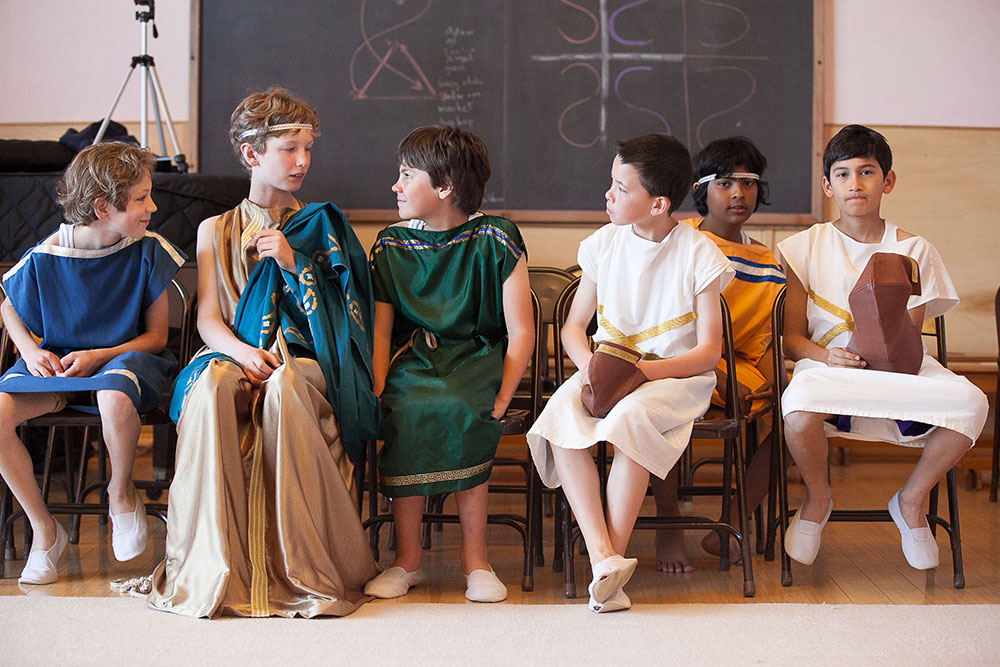Welcome to Lower School. With the physical growth of early childhood complete, children are ready for formal learning in the classroom. Emphasis in the Grades is placed on the feeling-filled experience of knowledge. The interdisciplinary and experiential nature of the early grades inspire a love of learning.
First Grade
I am ready to learn!
An exciting transition for child and family alike, your first grader is eager to begin “school.” Our curriculum thoughtfully guides children into academics and helps them learn how to learn. The first grade curriculum emphasizes the archetypes that underlie all human experience and lays a strong foundation for the future. With the guidance of the first grade teacher, the class forms itself in a harmonious and cohesive whole.
While teachers tailor the curriculum to the needs of each class, your First Grader will typically learn:
History/Literature: Grimm’s fairy tales and folk tales from around the world.
English/Grammar: Phonics-based approach to writing and reading, supported by stories, movement, and imagination. Speech exercises begin.
Spanish: Taught by ear through songs, games, poems, and plays.
Geography: Knowledge of campus and surrounding trails.
Science: Nature studies based on stories, experience, and observation.
Mathematics: Whole numbers and the four processes (addition, subtraction, multiplication, and division). Counting in 2s, 3s, 5s, and 10s. Roman numerals.
Drawing: Lines and curves, letters, and story illustrations with block crayons.
Painting: Basic applied color theory with watercolors and the three primary colors.
Handwork: Knitting using two needles, natural materials, and simple patterns.
Gardening: Connection to nature and the four elements through imaginative story, song, play and craft; working together as a whole class.
Woodworking: Fairy houses with natural materials.
Modeling: Beeswax modeling of scenes from the curriculum. Basic clay modeling techniques.
Music: Seasonal songs and games, exploration of tone and rhythm, rhythmic games, pentatonic-based music, Kodaly hand signs, Bordoun lyres, and pentatonic flute.
Eurythmy: The pentatonic scale, clapping simple meters, letterforms and rhythms, dramatized fairy tales, tone eurythmy, social exercises.
Games/Movement: Circle games, folk dances, singing games, jumping rope, obstacle courses.


